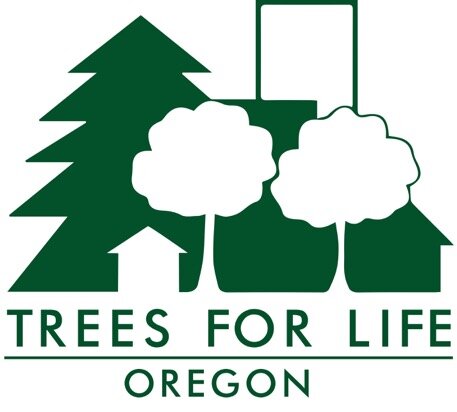Racism, Redlining, and Trees
The New York Times just gave front-page coverage to the link between historic redlining in cities across America, including Portland, Oregon, and present-day low tree canopy and high heat-island effects in those neighborhoods. Portland State University's Vivek Shandas co-authored the study that inspired this NYT feature and that helps explain environmental inequities within Portland. Among the 100 cities studied, formerly redlined areas--still more likely to house low-income and minority residents--are 5 to 12 degrees hotter in summer, on average, than non-redlined neighborhoods. According to the article, these areas "consistently have far fewer trees and parks that help cool the air. They also have more paved surfaces, such as asphalt lots or nearby highways, that absorb and radiate heat."
Today, environmental disparities facing Portlanders living in different parts of the city and the crucial role that trees could play in addressing these disparities should be on the minds of every Portland City Commissioner.
Image via Mapping Inequality
